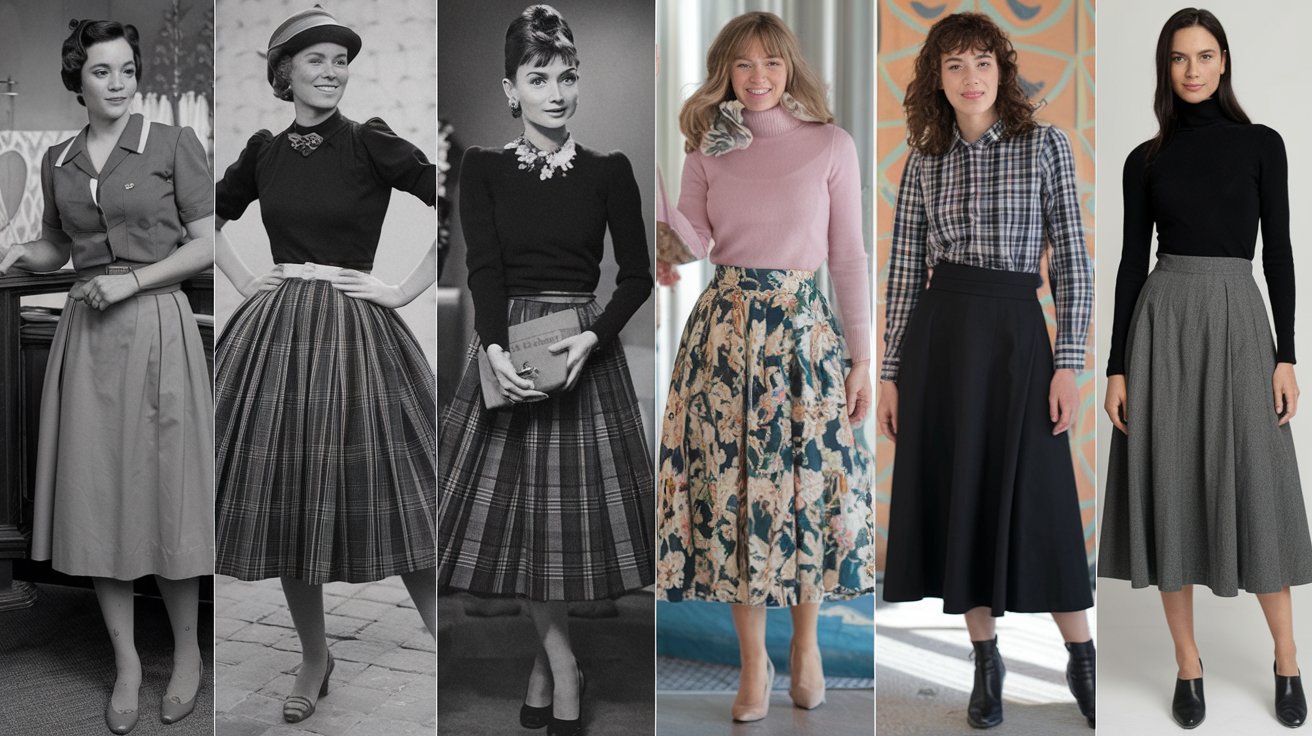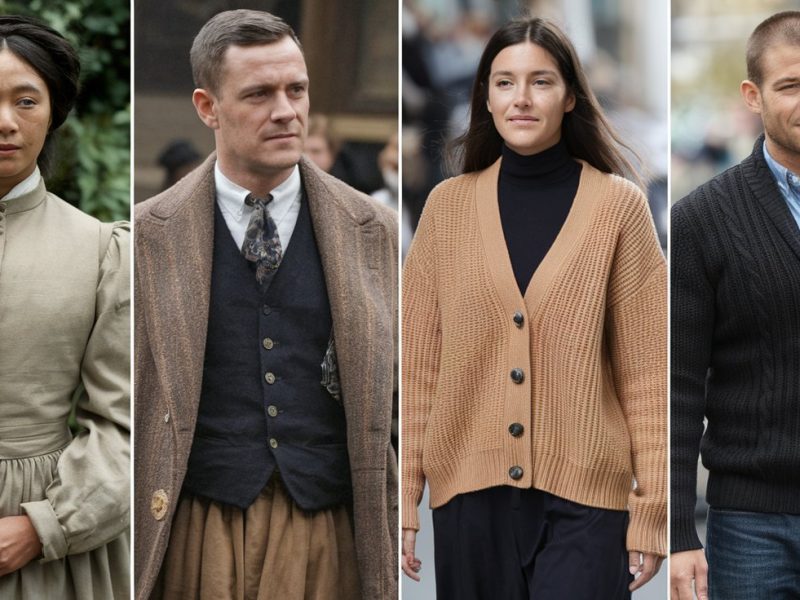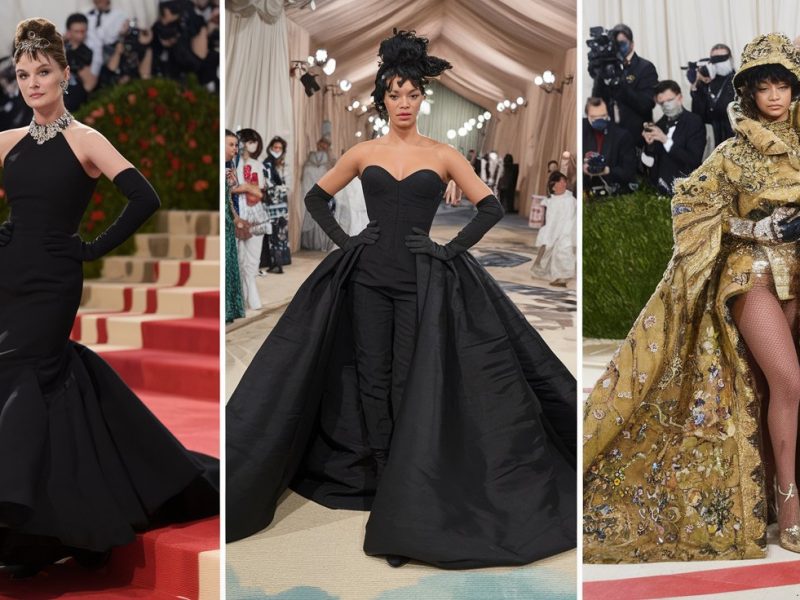How the Midi Skirt Became a Wardrobe Staple
Each generation has its defining style—from the swing dresses of the 1950s to the denim obsession of the 1990s. Amid all these changing trends, the midi skirt stands strong, proving its ability to adapt and remain relevant. Its growing popularity across continents highlights how a hemline that falls between the knee and ankle can create harmony between modesty and boldness. This article traces how the midi skirt rose to fashion prominence and why it remains a timeless piece for all, regardless of age, culture, or profession.
Whether you’re heading into a London office, walking through a museum in New York, or sipping street-side coffee in Seoul, chances are you’ll pass someone wearing a midi. Fabrics and accents vary—plaid wool for colder months, linen for summer, and satin for evening wear. The silhouette, however, remains reliable. With more people valuing durability and thoughtful purchases, the midi skirt is not just trendy; it’s a smart investment. Even while taking a break playing the 2048 game, you’re likely to spot fashion features that include the versatile midi.
A Brief Look at the History of the Midi Skirt
During World War II, textile rationing forced practical choices in clothing. Women across Europe and North America turned to designs that used less fabric. The early version of the midi skirt emerged from this era—simple yet visually appealing. Then came Christian Dior’s “New Look” in 1947. He reintroduced volume and length, favoring wide A-line cuts. It quickly became a hit among style icons like Audrey Hepburn.
The 1960s brought the miniskirt, momentarily pushing the midi aside. But by the 1970s, longer lengths made a comeback. Paired with the rise of folk music and bohemian influences, the midi skirt returned with floral prints and cinched waists. Designers like Yves Saint Laurent and Halston highlighted the midi’s elegance using soft fabrics like jersey and pleated textures.
By the 1990s, minimalism became the fashion buzz. Neutral colors, refined tailoring, and simple shapes dominated. The midi took on the form of slip skirts, often worn with combat boots and biker jackets. It bridged the gap between daywear and evening elegance. Today, this skirt continues to reflect past decades each time it graces global fashion capitals.
Adapting Through the Decades
1940s — Function During Adversity
With strict material use, A-line skirts that touched the calves became the go-to. Women wore them in factories, churches, and markets. The midi showed that you could look neat and practical at the same time.
1970s — Bohemian Freedom
Folk tunes and counterculture brought soft silhouettes and floral prints. Wide hems swaying during festivals like Woodstock became a symbol of personal freedom and creative dressing.
1990s — Sleek and Shiny
In a decade marked by grunge and electronic music, satin bias-cut skirts dominated. Their clean lines required no extra decoration. Worn with basic tops and boots, the midi struck a balance between delicacy and grit.
2010s to Today — Cultural Blending
As social platforms gained influence, the midi took center stage again. It became part of the go-to office outfit: a structured blazer, crisp shirt, and polished skirt. In startup hubs from Berlin to Seoul, this look became both functional and stylish. Gender-fluid styling also welcomed the midi into more wardrobes, including those of men.
Global Runway Highlights
During fashion week in Paris, at least one designer includes the midi. Chanel showcases tweed with slits, while Dries Van Noten experiments with structured cotton and art prints. In fast-paced New York, midi skirts appear alongside sneakers and bucket hats—where comfort meets city flair. Milan’s runways play with color, mixing the midi with knitwear in bold tones.
In Tokyo, a city known for pushing style boundaries, the midi joins trench coats and oversized shoes. The effect feels like sculpture in motion. What’s clear is this: the midi does not limit expression. It gives wearers room to display their personality and values. From affordable fashion chains to luxury labels, the midi remains a consistent presence.
Styling for Every Season
One of the midi’s most appealing features is its year-round adaptability. In spring, pair a pleated version with a tucked-in blouse and loafers. Summer invites lighter fabrics like cotton or linen, often printed with florals or geometric shapes. Autumn lends itself to layered textures—knits, suede, or leather jackets thrown over a midi with ankle boots. Winter brings thicker fabrics like wool, paired with turtlenecks and tights.
These combinations don’t just cater to the climate but also express changing moods and shifting energy. A flowing midi in pastel pink may signal softness in April, while a dark leather one exudes strength in December. The possibilities are endless.
The Midi as a Social Statement
Fashion has always reflected societal shifts, and the midi skirt is no exception. In conservative settings, it offers appropriate coverage. In artistic communities, it becomes a canvas for creativity. Gender-fluid fashion has also redefined how the midi is worn. It now appears in collections for all gender identities, paired with pieces that range from sneakers to heels.
Additionally, the rise of sustainable fashion has brought renewed appreciation for timeless items. The midi is often made in fabrics like organic cotton or upcycled silk, aligning with the values of conscious consumers. People now want to wear pieces that reflect both their ethics and their aesthetic. This skirt fits both requirements.
Celebrities and the Midi
From Meghan Markle to Harry Styles, the midi has gained fans in public life. Markle wears tailored versions for royal engagements, while Styles mixes midis with boots and fitted sweaters in a style that crosses norms. On Instagram and TikTok, influencers use the midi as a foundation piece for “day-to-night” transitions or “capsule wardrobes.”
The skirt also shows up in music videos, red carpets, and even action films, proving that function and flair are not mutually exclusive. Whether styled with sneakers or stilettos, the midi adapts to the person, not the other way around.
Future of the Midi
The future of fashion leans toward comfort, sustainability, and personal expression. The midi skirt is already ahead in all three. As designers continue to reinterpret it through new textiles, lengths, and cuts, its presence is unlikely to fade. Augmented reality shopping may even let consumers try on midis virtually, expanding its reach.
Even workplaces have embraced it. What was once casual Friday wear is now acceptable every day, thanks to the midi’s hybrid nature. It looks professional without being stiff and stylish without being showy.
With the rise of remote work, fashion must fit into both home and professional settings. The midi achieves this balance. It accommodates Zoom meetings and quick grocery runs without sacrificing style.
The midi skirt continues to write its own legacy, adapting to new challenges while holding on to its classic charm. More than just a fashion item, it has become a cultural marker—a piece that reflects history, change, and continuity. As trends come and go, the midi stays grounded, offering something more valuable than hype: style that lasts.


